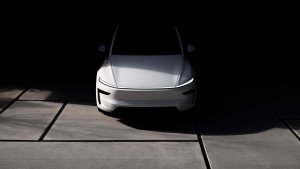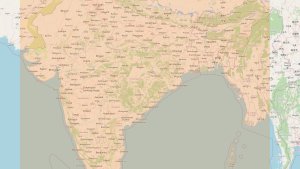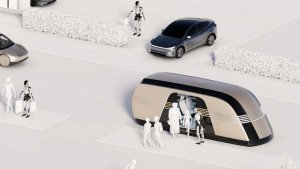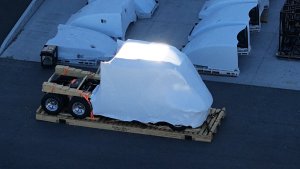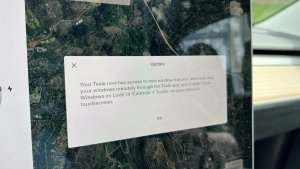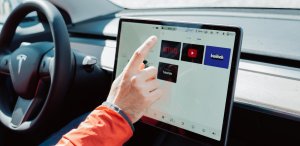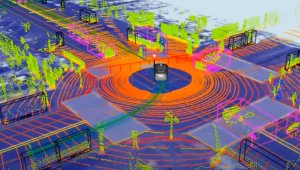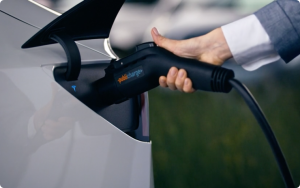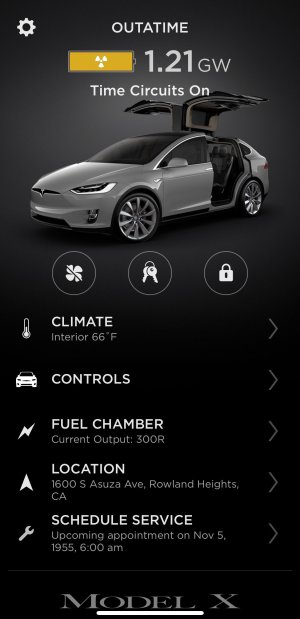Tesla's YouTube App Is Now Limited to 360p Resolution, but There’s a Workaround
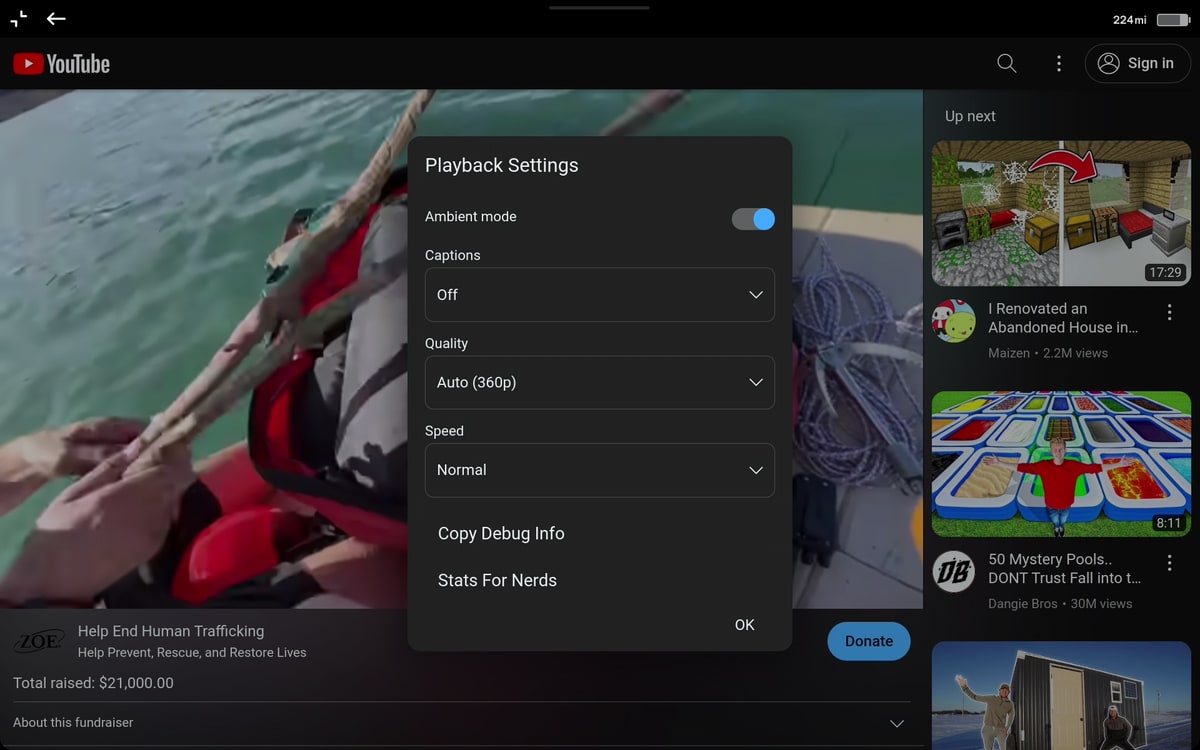
Steaming YouTube and potentially other streaming services on Teslas is now limited to 360p resolution. The quality of other streaming services appears to be affected as well.
A recent video shared on Reddit showed an owner attempting to adjust the streaming quality in Tesla’s YouTube app but to no avail. The owner was connected to a WiFi network, but the vehicle still did not allow the quality setting to be changed.
Tesla’s Streaming Apps
To bring an unparalleled entertainment experience to its vehicles, Tesla uses video streaming “apps” that are actually just websites loaded in a chromeless browser. This allows Tesla to easily add streaming services without having to build out native apps. Since the apps aren’t native to Tesla’s operating system, the UI or features available can be changed whenever the site is updated. Initially, this appears to be what is causing the issue with YouTube's lower resolution.
Lower Resolution
Google updated the YouTube user interface for the size and resolution Teslas use, which caused some changes. The new UI that appears in Tesla's YouTube app is now the same one that is used on mobile devices, which defaults to 360p resolution.
With this UI change, the resolution button is no longer in the same spot. Although mobile users can still change the resolution through the Settings icon at the top right corner of the video, the dropdowns in the settings menu do not work in a Tesla.
Was This Accidental?
Tesla’s built-in browser, which is Chromium-based, has had issues in the past, so the inability to adjust the resolution through the use of the dropdown offered in the YouTube app appears to be a bug in the Chromium browser Tesla is using.
So initially it looks like YouTube just changed the UI and the default resolution, but a bug in the browser Tesla uses is preventing users from increasing the resolution. However, the issue is that other streaming apps like Netflix and Disney+ in a Tesla appear to be using much lower resolutions as well.
Since multiple apps now appear to stream at a lower resolution, Tesla may have been involved in changing the streaming quality behind these apps. However, there is no official confirmation from Tesla.
Since these apps are just websites, these changes are not due to a specific update and they affect everyone who has access to these streaming services.
Reducing Costs
Tesla uses AT&T to provide its built-in LTE service in the US. They pay based on the amount of data used, and charge customers a flat $9.99/mo. fee for Premium Connectivity. This may be Tesla’s attempt at lowering data usage and costs.
For a brief period in 2019, Tesla showed the bandwidth a vehicle had used in the vehicle's Software menu. However, that information was short-lived in disappeared in the following update.
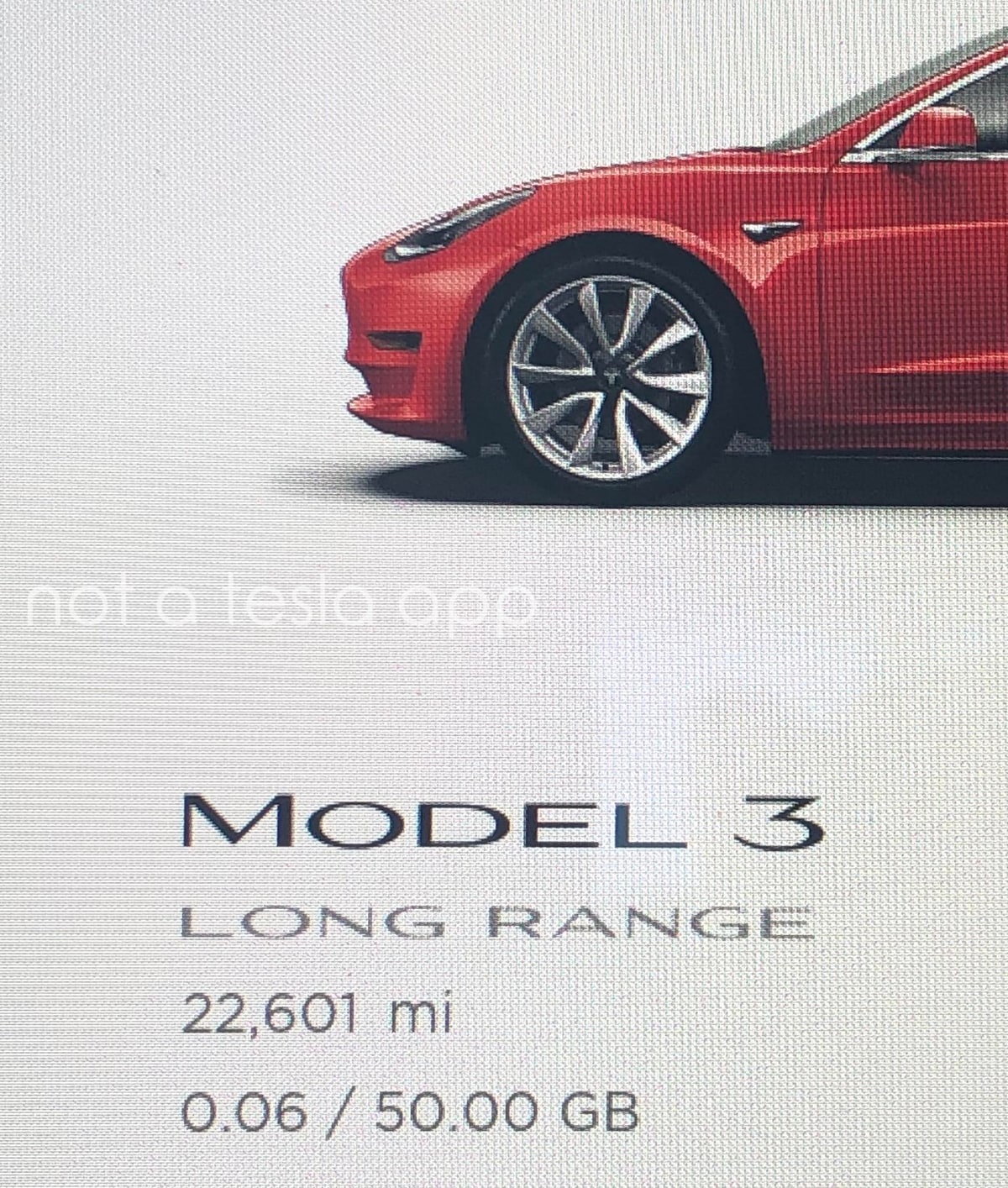
Furthermore, the refreshed Model X and Model S cars feature an 8-inch screen in the rear, allowing for passengers to stream Netflix, Disney+, and YouTube, among others, while driving. Owners of these models may use significantly more data since their car doesn't need to be in park to stream video. Bumping the streaming quality down to 360p could save a lot of data, and the quality won’t be as noticeable on an 8-inch screen, as opposed to the Model Y and Model 3’s 15-inch screen.
WiFi
Tesla tries to limit cell data usage, but they’re usually pretty lenient and allow owners to use WiFi for practically whatever they want, even if they’re not subscribed to Premium Connectivity. They also allow owners to download lossless songs from TIDAL over WiFi.
However, being connected to a WiFi network does not resolve the current low-resolution limitation on streaming services.
Workaround to Low Resolution
There are a couple workarounds to use a higher resolution. The first was posted by Reddit user u/taska9. “So far, I have found that if you use the YouTube embed link with the vq parameter, I can get 1080p,” u/taska9 writes.
The user adds: “Say the link is https://youtu.be/nzYrogkhmXI Then you enter this link to the browser, youtube.com/embed/nzYrogkhmXI?vq=hd1080. It works.”
This workaround forces the vehicle to use the desktop version of the site, allowing you to adjust the video’s quality. According to other users in the Reddit thread, using Tesla’s browser and going to the provider’s site also allows for HD access.
The second workaround was brought up by our forum user, SteveM3P. The workaround has you load the YouTube app as you normally would and go to the video Settings icon. You then tap the resolution dropdown twice. Nothing will appear on the screen, but you will then be able to use your steering wheel's left scroll wheel to change the resolution. You'll need to press 'left' on the scroll wheel to go through each resolution option.












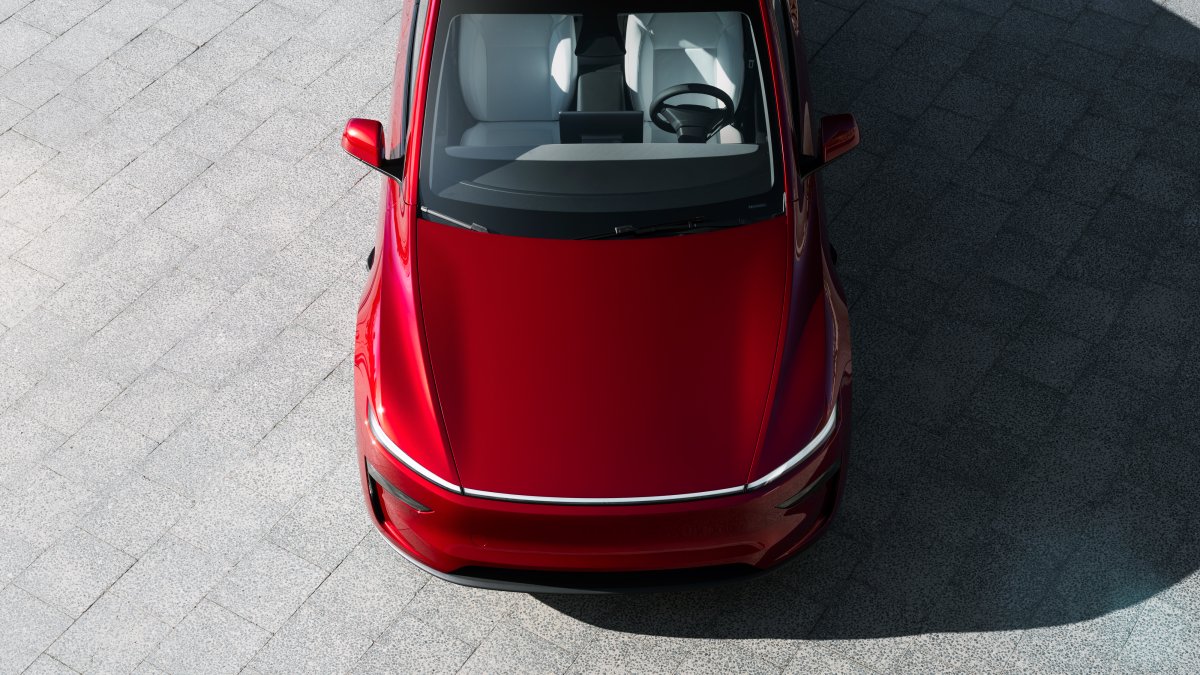
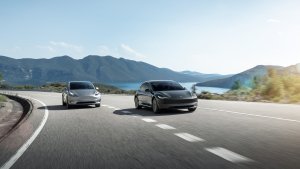

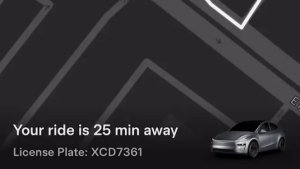
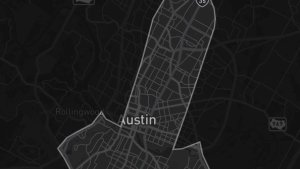
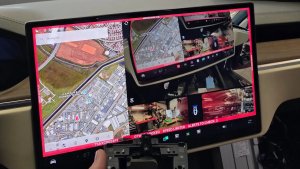
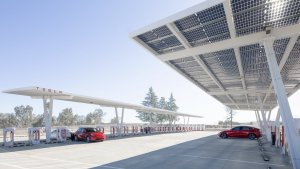
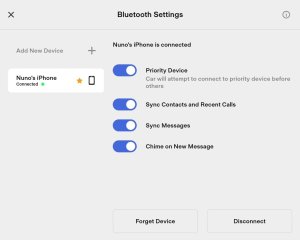

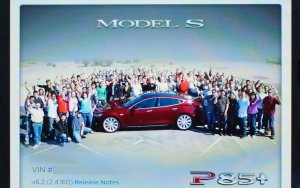
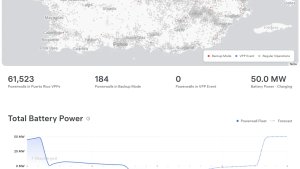
![Tesla Software Update 2025.26: Grok, Light Sync, Audio Presets and More [VIDEO]](https://www.notateslaapp.com/img/containers/article_images/tesla-update/light-sync-update.jpeg/e84ab2f1fe12f493a75927db105a9586/light-sync-update.jpg)
